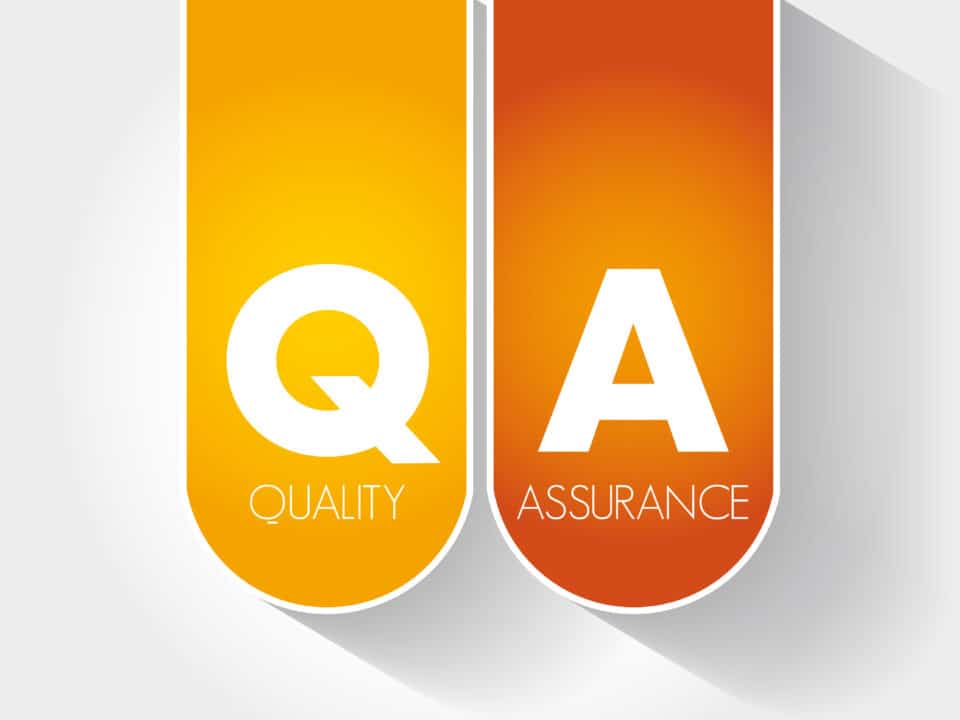
The Future of Psychiatry: Embracing AI Scribe Technology
July 10, 2024
Patient Consent and AI Scribes
July 12, 2024Free AI Medical Scribes: What You Need to Know
Technology plays a critical part in enhancing efficiency, accuracy, and patient care in the fast-moving healthcare industry. One of the most notable advancements is the introduction of AI medical scribes. These digital assistants can streamline clinical charting, enabling healthcare providers to focus better on patient care than administrative tasks. This blog delves into the world of free AI medical scribes, exploring their appeal, benefits, and limitations. By the end, you’ll have a comprehensive understanding of whether a free AI medical scribe solution is right for your practice.
What is an AI Medical Scribe?
An AI medical scribe is an advanced digital tool that leverages speech-to-text technology and natural language processing (NLP) to assist healthcare providers with clinical documentation. Unlike traditional human scribes, AI scribes can operate continuously, providing real-time transcription and documentation support. These digital scribes capture and document patient interactions, clinical notes, and other pertinent information, reducing the administrative burden on healthcare professionals.
Functions of AI Medical Scribes
- Fast Transcription: Converting spoken words into written text rapidly and accurately.
- Clinical Documentation: Automatically generating and updating electronic health records (EHRs).
- Data Analysis: Providing insights and supporting analytics based on documented data.
The Appeal of Free AI Medical Scribes
Cost Savings
The obvious and primary appeal of a free AI medical scribe is the cost savings. Healthcare providers can implement these tools without any financial investment and without impacting their budgets. This makes free AI medical scribes an attractive option for smaller practices or those looking to experiment with AI technology before committing to a paid solution.
Accessibility and Ease of Use
The best free AI medical scribes are user-friendly and easy to implement. This accessibility allows healthcare providers to quickly integrate the technology into their workflow, reducing the learning curve and enabling immediate benefits.
Increased Efficiency
By automating the documentation process, AI medical scribes free up valuable time for healthcare professionals. This increased efficiency allows providers to focus more on caring for their patients and less on administrative tasks, enhancing overall productivity.
Enhanced Accuracy
The best AI medical scribes leverage advanced algorithms and NLP to ensure high accuracy in transcription and documentation. This reduces the likelihood of errors and ensures that patient records are precise and up-to-date.
Improved Patient Care
With less time spent on documentation, healthcare providers can dedicate more time to patient interactions. This improved focus on patient care can result in better patient outcomes and improved satisfaction rates.
Key Features of Free AI Medical Scribes
- Real-time transcription
- Basic clinical documentation
- Limited integration with EHR systems
- User-friendly interface
- Basic analytics and reporting
Limitations of Free AI Medical Scribes
While free AI medical scribes offer numerous benefits, there are also several limitations to consider:
Limited Features and Functionality
Free AI medical scribes often come with restricted features compared to their paid counterparts. Advanced functionalities such as detailed analytics, integration with multiple EHR systems, and customization options might be missing. This can limit their usefulness in more complex clinical environments.
Accuracy and Reliability Concerns
The accuracy of free AI medical scribes may not match that of premium solutions. This can lead to documentation errors, which have significant implications for patient care and compliance. Additionally, free versions may not have access to the latest AI algorithms and updates, impacting their overall performance and reliability.
Data Security and Privacy Issues
Free AI medical scribes may not offer the same data security and encryption as paid solutions. This poses potential risks of data breaches or unauthorized access to sensitive patient information. Ensuring compliance with healthcare regulations like HIPAA can be challenging with free tools.
Lack of Customer Support
Free tools often come with minimal or no customer support. This can make resolving issues or getting help with setup and usage difficult. Users may have to depend on community forums or self-help guides, which may not always be sufficient.
Integration Challenges
Free AI medical scribes might not seamlessly integrate with all EHR systems or other healthcare software, causing compatibility issues. Limited support for integration with specific workflows or customization to fit unique practice needs can be a significant drawback.
Limited Scalability
Free solutions may not be designed to handle high volumes of data or large-scale implementations. As a practice grows, the limitations of a free AI scribe could hinder its ability to scale effectively.
Advertisements and Upselling
Free versions often include advertisements or prompts to upgrade to a fee-based version, which can be disruptive. The focus on upselling can detract from the user experience.
Potential Data Usage Restrictions
Free AI medical scribes sometimes come with data usage restrictions, such as limits on the number of transcription hours or document storage. These restrictions can impact the tool’s usability and practicality in a busy clinical setting.
Limited Customization and Personalization
Free AI medical scribes may offer limited customization options to fit specific practice needs or clinician preferences. Users may be unable to tailor the tool to match their documentation style or requirements.
Risk of Discontinuation
Free tools are at a higher risk of being discontinued or significantly altered without notice, as the AI scribe company might not have a sustainable business model. Users might have to transition to a new solution unexpectedly, causing disruption in workflows.
Balancing the Appeal and Limitations
When considering the adoption of a free AI medical scribe, it is essential to evaluate the trade-offs. Here are some factors to consider:
Evaluating the Trade-offs
- Cost Savings vs. Functionality: Assess whether the cost savings justify the potential limitations in functionality.
- Short-term Benefits vs. Long-term Sustainability: Consider the long-term viability of relying on a free
- Practice Needs: Understand the specific needs of your practice and whether a free AI scribe can meet those needs effectively.
Understanding Your Practice’s Specific Needs
- Volume of Documentation: Consider the volume of documentation your practice handles and whether a free tool can manage it.
- Integration Requirements: Assess the compatibility of the free AI scribe with your existing EHR systems and workflows.
- Data Security Priorities: Ensure the free tool meets your data security and privacy requirements.

How to Implement a Free AI Medical Scribe in Your Practice
Step-by-Step Guide
- Research and Select a Tool: Explore available free AI medical scribes and select one that meets your practice’s needs.
- Setup and Integration: Follow the setup instructions and integrate the tool with your EHR system, if possible.
- Training: Provide training for your staff to ensure they can use the tool effectively.
- Optimize Usage: Continuously monitor and optimize the use of the AI scribe to maximize benefits.
Addressing Potential Challenges
- Technical Issues: Use available support resources or community forums to troubleshoot issues.
- Workflow Integration: Experiment with different integration methods to find the most effective setup for your practice.
Future Trends and Developments in AI Medical Scribes
Emerging Technologies
The field of AI medical scribes is rapidly evolving, with continuous advancements in AI algorithms and NLP. Emerging technologies promise to enhance the accuracy and functionality of these tools.
Predictions for the Future
Experts predict that AI medical scribes will become more sophisticated and widely adopted in healthcare settings. Integrating AI with other healthcare technologies, such as predictive analytics and decision support systems, is expected to further revolutionize clinical documentation.
Impact of Ongoing Research
Ongoing research and innovation will address current limitations and improve the overall performance of AI medical scribes, making them even more valuable assets for healthcare providers.
Make an Informed Decision
Free AI medical scribes offer a compelling solution for healthcare providers looking to enhance efficiency and accuracy in clinical documentation. While there are limitations to consider, the benefits can outweigh the drawbacks for some practices. By carefully evaluating your practice’s needs and the trade-offs involved, you can decide whether a free AI medical scribe is the right choice for you.
Try AxiScribe AI for Free Today
Interested in exploring the benefits of AI medical scribes for your practice? Request a demo and free trial of AxiScribe AI today and experience the efficiency and accuracy it can bring to your clinical documentation. Contact Athreon today to get started and take the first step towards revolutionizing your practice with cutting-edge AI technology.





